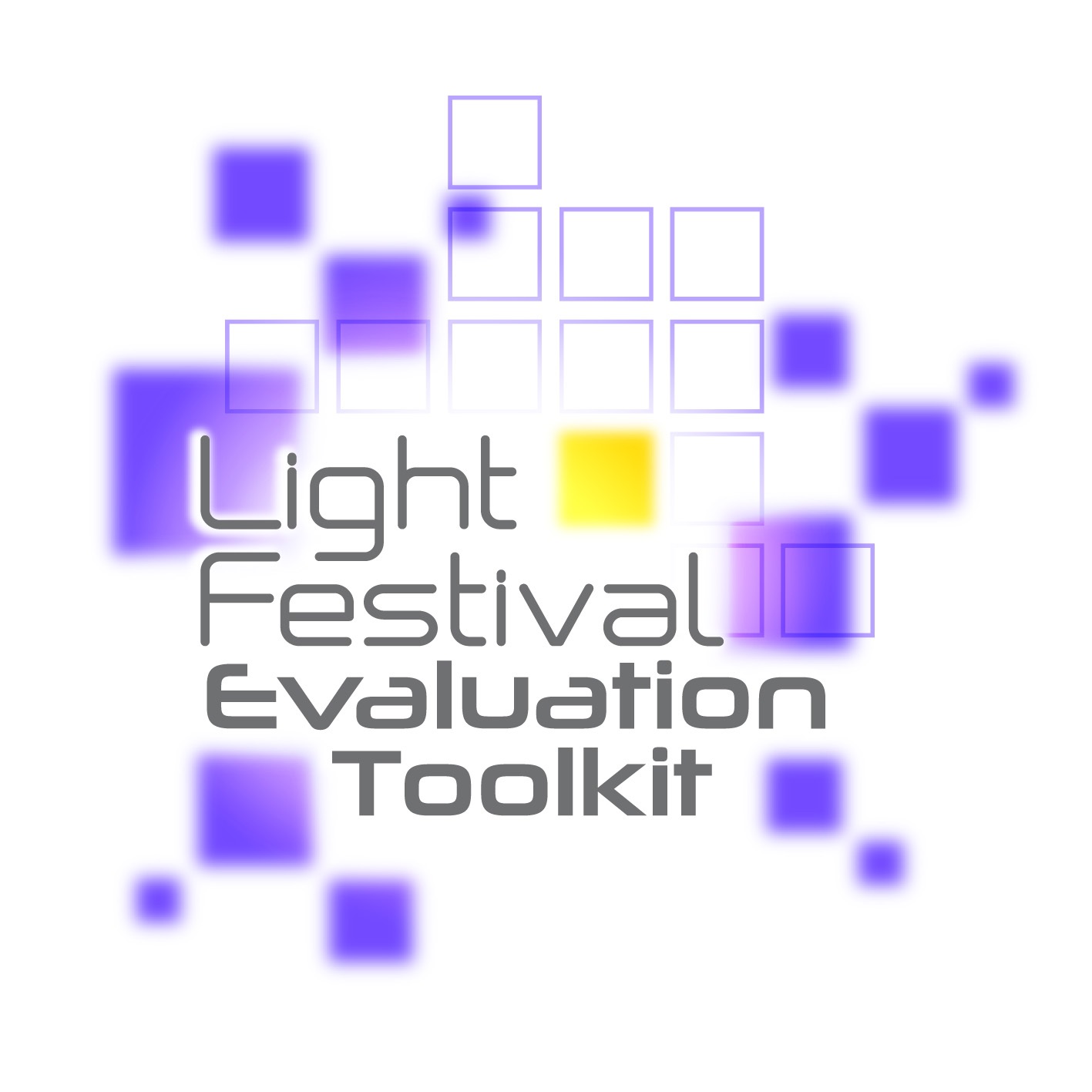Basic Economic Impacts of Light Festivals and Events
At the basic level the economic impacts are measures, which are relatively simple to capture and give a broad indication of the potential scale of an event’s economic impact. Such as:
• Number of participants
• Percentage of participants from outside the ‘host economy’
• Duration of event
Some information may have been recorded by the organiser (e.g. operational budget) but some information may be obtained from other sources such as another department in the host organisation (e.g. additional resources needed to keep the area tidy during the event or to cover the increased cost of energy consumption), partner organiser or a tourist office (e.g. visitor estimates or profiling).
Event organisers can get a good idea of the potential scale of economic impact simply by considering basic impacts such as the number of visitors, the length of their stay and where they originally came from.
Information on the cost of hosting the event is a crucial piece of information for any impact analysis as it will enable cost-benefit assessment to be made of the revenue generated relative to the cost.
If economic impact is an important consideration in determining whether or not to support an event, then the number of visitors/participants is the key determinant of absolute economic impact. Due to the nature of lighting events (free access events in public spaces taking place usually over a number of days), it is difficult to produce robust numbers for additional visitors efficiently.
Impact research highlighted a number of approaches to estimate visitor numbers. The table below provides further detail on pros and cons of different methods to estimate visitor numbers.
Measuring Attendance
It is better to use more than one method to estimate visitor numbers and use the more conservative figures when assessing impacts to the host city.
Ticket sales
Pros
The most robust method to estimate visitor numbers; it is very unlikely that any individual would purchase more than one ticket for him/herself for any one event.
Cons
Light festivals and events tend to be free, non-ticketed open access events.
Estimation by officials
Pros
Officials, including the police, security personnel, catering staff or event representatives are used to estimating crowd numbers using previous experience as benchmarks.
More suitable for one day events taking place over a short period of time.
In Helsinki, the first Season of Light event took place during the darkest time of the year (last days of December and first days of January) in 2009. The organisers based their estimate of 20,000 visitors on feedback from police and security personnel.
Cons
Gives estimations of crowds at their “peak‟. It is more difficult to know whether visitors in the crowd change (e.g. whether the crowd of 10,000 a day consists of 10,000 people staying the whole event period or whether crowd changes so that the actual visitor numbers would be double or triple than the estimated total crowd number of 10,000).
Counting visitors on entry
Pros
Ability to count accurately all people entering the site. Modern technology, including automated visitor counting equipment makes this easier.
In Osaka, visitors were counted as they were entering the island where the event took place via bridges.
Cons
Light events and festivals tend to take place in an open urban space, sometimes reaching a large area with no clear entry points.
Degree of overestimation on visitor numbers quite likely; (i) It may be that some people entering the site are not planning to attend the light event and thus not additional visitors as they would be visiting the site even if no event was taking place. (ii) It is possible that same individuals are being counted several times when leaving the event area and then returning later.
Head counts on controlled areas
Pros
Some visitor counting may already take place in some part of the event area (e.g. visitor attractions) which can be used to estimate visitor numbers for the event.
Because of the availability of aerial photos or mapping applications like Google Earth, even outdoor areas can be readily measured.
In Gothenburg, the number of visitors was based on visitor numbers to the Liseberg Amusement Park, which is located in the event area and is the only place in the city counting the number of visitors.
Cons
Degree of over- or underestimation on visitor numbers likely. For example, it is likely that some visitors opt-out from the controlled zone but would attend other parts of the event site.
It is also possible that same individuals are being counted several times.
Statistics on people arriving by car/plane
Pros
Information is usually already collated by officials so very cost effective.
Medellin hosts one of the largest light festivals in the world, covering an area of almost 30 sq km, attracting more than 4 million visitors. The City has attempted to estimate visitor numbers by analysing number of national and international passengers and vehicles arriving and leaving Antioquia region during the festival period in December and evidenced year on year growth of visitor numbers.
Cons
It is difficult to be certain what proportion of those arriving to a city by plane/car are arriving because of the light event, it is quite possible that a proportion of arrivals have completely different reason for a visit.



